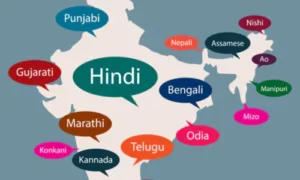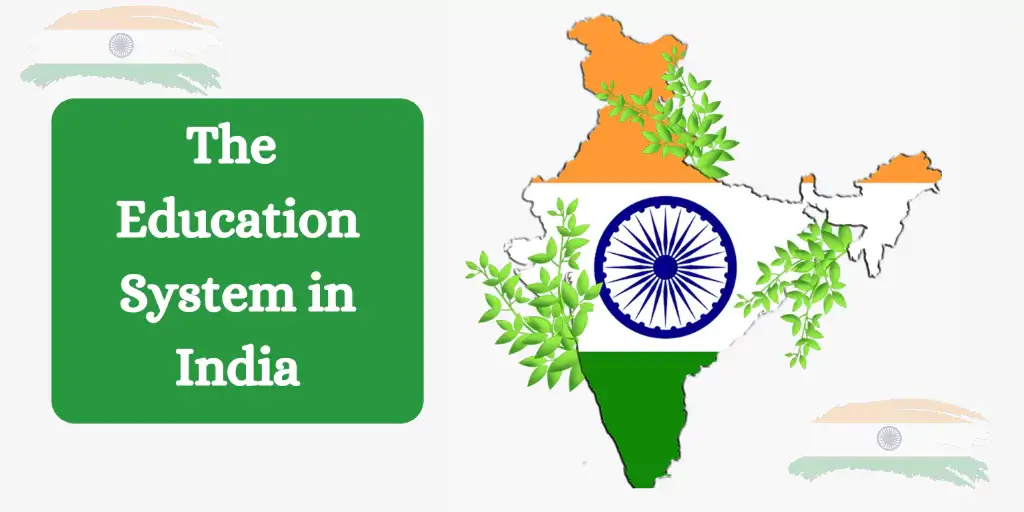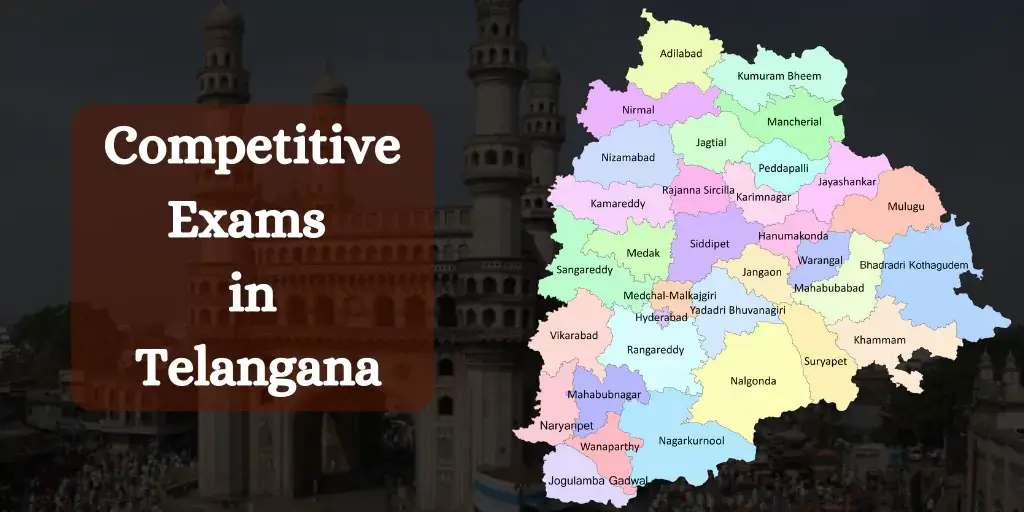Recently updated on December 2nd, 2025 at 07:40 am
CBSE, ICSE, and numerous state boards frequently influence the curriculum. The education system in India is extremely important up to the age of 14, with a focus on math, science, and other languages. Our country has a wide variety of educational institutions, including government-funded, private, and international schools. Each of these school types has its own set of curriculum and standards.
How many state boards are there in India?
29 state boards in India:
India was divided into 29 states and seven union territories. Furthermore, each state and union territory has its state board of education, which manages the school education system and curriculum within its borders. Consequently, there were 29 state boards of education for states and 7 union territory boards for union territories.
Additionally, please keep in mind that, due to administrative or legislative changes, the number of states and union territories and the status of state boards may have changed since then. Therefore, if necessary, confirm the current status with official government sources.
Here is a list of 29 states and their respective state boards of education:
1. Andhra Pradesh: Board of Intermediate Education, Andhra Pradesh (BIEAP)
2. Arunachal Pradesh: Arunachal Pradesh State Board of Education (APSBSE)
3. Assam: Assam Higher Secondary Education Council (AHSEC)
4. Bihar: Bihar School Examination Board (BSEB)
5. Chhattisgarh: Chhattisgarh Board of Secondary Education (CGBSE)
6. Goa: Goa Board of Secondary & Higher Secondary Education (GBSHSE)
7. Gujarat: Gujarat Secondary and Higher Secondary Education Board (GSEB)
8. Haryana: Board of School Education Haryana (BSEH)
9. Himachal Pradesh: Himachal Pradesh Board of School Education (HPBOSE)
10. Jharkhand: Jharkhand Academic Council (JAC)
11. Karnataka: Karnataka Secondary Education Examination Board (KSEEB)
12. Kerala: Kerala Board of Public Examinations (KBPE)
13. Madhya Pradesh: Madhya Pradesh Board of Secondary Education (MPBSE)
14. Maharashtra: Maharashtra State Board of Secondary and Higher Secondary Education (MSBSHSE)
15. Manipur: Board of Secondary Education, Manipur (BSEM)
16. Meghalaya: Meghalaya Board of School Education (MBOSE)
17. Mizoram: Mizoram Board of School Education (MBSE)
18. Nagaland: Nagaland Board of School Education (NBSE)
19. Odisha: Board of Secondary Education, Odisha (BSE Odisha)
20. Punjab: Punjab School Education Board (PSEB)
21. Rajasthan: Rajasthan Board of Secondary Education (RBSE)
22. Sikkim: Sikkim Board of Secondary Education (SBSE)
23. Tamil Nadu: Tamil Nadu Directorate of Government Examinations (TNDGE)
24. Telangana: Telangana State Board of Intermediate Education (TSBIE)
25. Tripura: Tripura Board of Secondary Education (TBSE)
26. Uttar Pradesh: Uttar Pradesh Madhyamik Shiksha Parishad (UPMSP)
27. Uttarakhand: Uttarakhand Board of School Education (UBSE)
28. West Bengal: West Bengal Council of Higher Secondary Education (WBCHSE)
29. Jammu and Kashmir: Jammu and Kashmir State Board of School Education (JKBOSE)
Also See: Nowadays, How to Innovate the Indian Education System
Language Medium in India
Yes, most state boards of education in India offer education in multiple mediums of instruction to accommodate the linguistic and cultural diversity of the country. The two primary mediums of instruction are usually:
1. Regional Language:
The medium of instruction is often the regional language of the respective state. For example, in Tamil Nadu, the medium might be Tamil, in West Bengal, it might be Bengali, and so on.
2. English Language:
In addition to the regional language, many state boards also offer English as a medium of instruction. This is to ensure that students have the opportunity to study in English, which is widely used in higher education and for various competitive exams.
As a result, therefore, the majority of state boards strive to deliver education in at least these two mediums, while, on the other hand, the availability of other languages may vary depending on the state and its linguistic diversity. Furthermore, please keep in mind that the availability of medium can change over time; thus, you should check with the exact state board you’re interested in for the most up-to-date information.
What is the list of local education language medium in India?
14 of the Indian language mediums are:

1. Regional Languages:
Each state often uses its regional language as a medium of instruction.
- Tamil in Tamil Nadu
- Bengali in West Bengal
- Marathi in Maharashtra
- Telugu in Andhra Pradesh and Telangana
- Kannada in Karnataka
- Punjabi in Punjab
- Gujarati in Gujarat
2. English:
English is widely used as a medium of instruction, especially in urban areas and in schools affiliated with central boards like CBSE and ICSE.
3. Hindi:
Hindi is used as a medium of instruction in many states, especially in Northern India, where it is one of the official languages.
4. Sanskrit:
In some schools, Sanskrit is offered as a medium of instruction, particularly for the study of traditional subjects.
5. Urdu:
In states with a significant Urdu-speaking population, Urdu is used as a medium of instruction.
6. Other Regional Languages:
Depending on the linguistic diversity of a state, there may be schools that use languages other than the official regional language as a medium of instruction.
7. Bilingual or Multilingual:
Some schools may offer instruction in more than one language, catering to students from diverse linguistic backgrounds.
8. Local Dialects:
In remote areas or tribal regions, local dialects might be used as the medium of instruction.
It is crucial to note that the availability of various mediums varies from state to state and from educational institution to educational institution. Students and parents are frequently given the option of selecting the medium of teaching that best meets their tastes and needs.
Some of the other language mediums are:
1. Foreign Languages:
In some international schools or specialised institutions, foreign languages like French, German, or Spanish might be offered as a medium of instruction.
2. Classical Languages:
In specific schools or courses, classical languages like Sanskrit or Latin may be used as a medium for the study of classical literature or scriptures.
3. Sign Language:
Schools for the hearing-impaired may use sign language, such as Indian Sign Language (ISL), as the primary medium of instruction.
4. Braille:
Specialised schools for the visually impaired might use Braille as the medium of instruction.
5. Scholarship:
In India, multiple government and private scholarships aid students from all backgrounds in pursuing higher education by offering financial assistance based on merit and need.
One more Urdu-language medium:
Urdu schools are educational institutions that employ Urdu as their primary medium of teaching. Furthermore, Urdu is an Indo-Aryan language that is one of India’s 22 officially recognised languages.
In addition, Urdu schools are built in areas with a sizable Urdu-speaking population to provide education in the Urdu language. Typically, these schools follow the state board of education’s curriculum; however, they provide instruction in Urdu. They cover topics such as mathematics, physics, social studies, and Urdu.
Moreover, Urdu schools serve students who prefer Urdu as their medium of education for cultural or linguistic reasons.
It is crucial to note that, unfortunately, the availability of Urdu schools varies by region, based on the local demographic makeup and educational infrastructure. Therefore, if you’re specifically looking for Urdu-medium schools, you should check with educational authorities or local sources in the location you’re interested in to find out if such schools exist and what they’re like.
Conclusion:
To summarise, indeed, India’s education system is a complex and multidimensional organism that has evolved. While it has made tremendous progress in terms of improving educational access and attaining a relatively high literacy rate, it nevertheless faces various problems and weaknesses. Specifically, quality, infrastructure, equity, and obsolete curricula are among the challenges.
Moreover, it is critical to address these difficulties methodically to enhance India’s education system. In particular, this can be accomplished through comprehensive reforms that prioritise quality education, teacher training, and curriculum modernisation to meet the demands of the twenty-first century. Furthermore, efforts should be taken to decrease gaps in educational access, particularly in rural and underprivileged areas, and to promote inclusivity.
Additionally, the function of technology in education should be maximised to make learning more engaging and accessible; consequently, this would help in bridging the digital divide. Therefore, collaboration between the government, educational institutions, and the commercial sector is critical for driving innovation and improving overall educational quality.
A well-rounded and responsive education system will, in the long run, not only provide individuals with the skills and knowledge required for personal and professional success but will also, consequently, contribute to the nation’s overall development and progress. As a result, therefore, ongoing efforts and expenditures in education are required to secure a brighter future for India’s youth and, ultimately, the nation as a whole.






